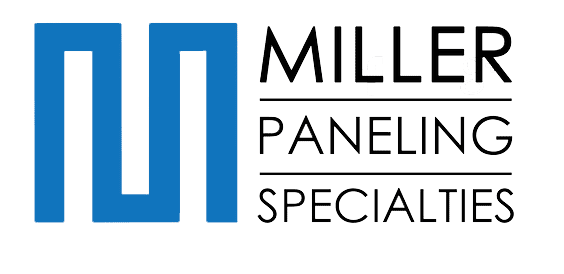Reducing the Carbon Footprint of Animal Research: Best Practices for Vivarium Management
Introduction
Animal research facilities, such as vivariums, play a critical role in advancing scientific knowledge, but they can also have a significant environmental impact. By implementing best practices focused on energy conservation, waste reduction, and sustainable purchasing, vivariums can help reduce their carbon footprint while maintaining robust environmental control. This article provides a comprehensive guide on how vivarium management can lower emissions, improve operational efficiency, and enhance environmental control. With Miller Paneling Specialties, facilities can incorporate sustainable solutions tailored to improve environmental performance and operational efficiency.
1. Energy Conservation Measures
Reducing energy consumption is one of the most effective ways for vivariums to lower their carbon footprint while maintaining stringent environmental control. Miller Paneling offers energy-efficient wall systems and cladding solutions that ensure compliance with environmental standards while supporting sustainability.
- Efficient HVAC Systems: HVAC systems are among the largest energy consumers in vivariums. Upgrading to energy-efficient HVAC systems, combined with Miller Paneling’s insulation and wall cladding solutions, enhances environmental control by regulating indoor climates and reducing energy usage by up to 30%.
- LED Lighting Solutions: Switching to LED lighting in vivariums reduces electricity consumption while improving environmental control. Miller Paneling’s wall cladding systems reflect light more effectively, minimizing the number of lighting fixtures required and further improving energy efficiency.
2. Waste Reduction Strategies
Proper waste management is critical for improving sustainability in vivariums. Miller Paneling provides durable and easy-to-maintain wall protection solutions that reduce waste and support effective environmental control.
- Recycling and Composting Programs: Recycling and composting programs can significantly reduce waste in vivariums. Miller Paneling’s robust wall systems are long-lasting, reducing the frequency of replacements and, in turn, minimizing waste and supporting environmental control strategies.
- Sterilization and Reuse of Materials: Miller Paneling’s seamless wall cladding systems are designed for easy sterilization and maintenance, which supports sustainable cleaning practices. These durable cladding systems help reduce waste associated with single-use materials and contribute to improved environmental control in vivariums.
3. Sustainable Purchasing Policies
Adopting sustainable purchasing policies is key to reducing a vivarium’s environmental footprint while maintaining effective environmental control. Miller Paneling offers eco-friendly wall cladding solutions designed to meet sustainability and performance needs.
- Eco-Friendly Building Materials: Miller Paneling’s sustainable wall cladding materials are made from eco-friendly components that contribute to enhanced environmental control and reduced environmental impact. These materials meet the high standards required for vivarium environments while ensuring sustainability.
- Green Certification for Products: Choosing Miller Paneling’s certified eco-friendly wall systems helps vivariums maintain environmental control while adhering to environmental certifications such as LEED or BREEAM, further supporting their sustainability initiatives.
Conclusion
Reducing the carbon footprint of vivariums requires a focus on energy conservation, waste reduction, and sustainable purchasing, all while maintaining effective environmental control. Miller Paneling’s advanced wall systems and sustainable solutions help vivariums improve their environmental performance and meet regulatory standards. By partnering with Miller Paneling Specialties, vivariums can achieve their sustainability goals and maintain efficient environmental control. Contact Miller Paneling Specialties today to learn more about how our sustainable solutions can enhance your vivarium’s green initiatives.
